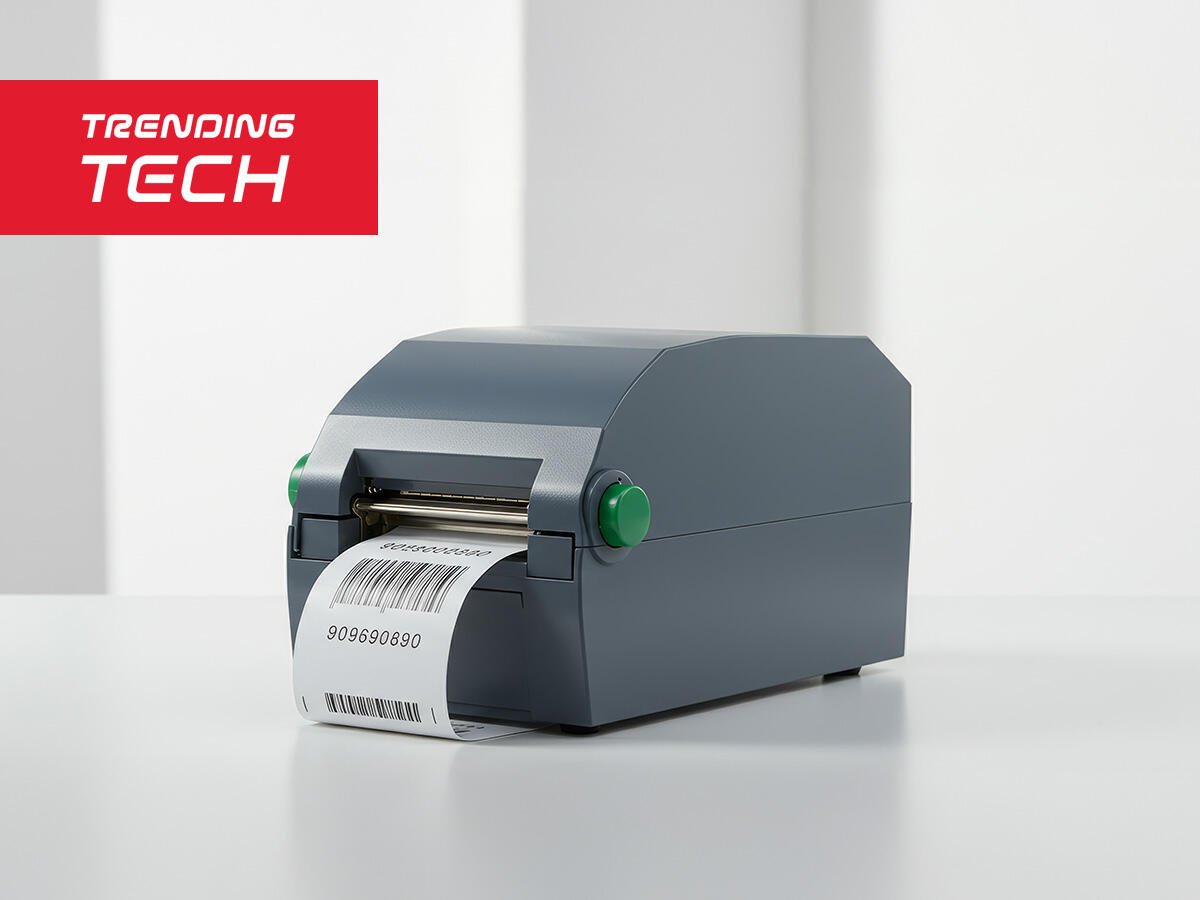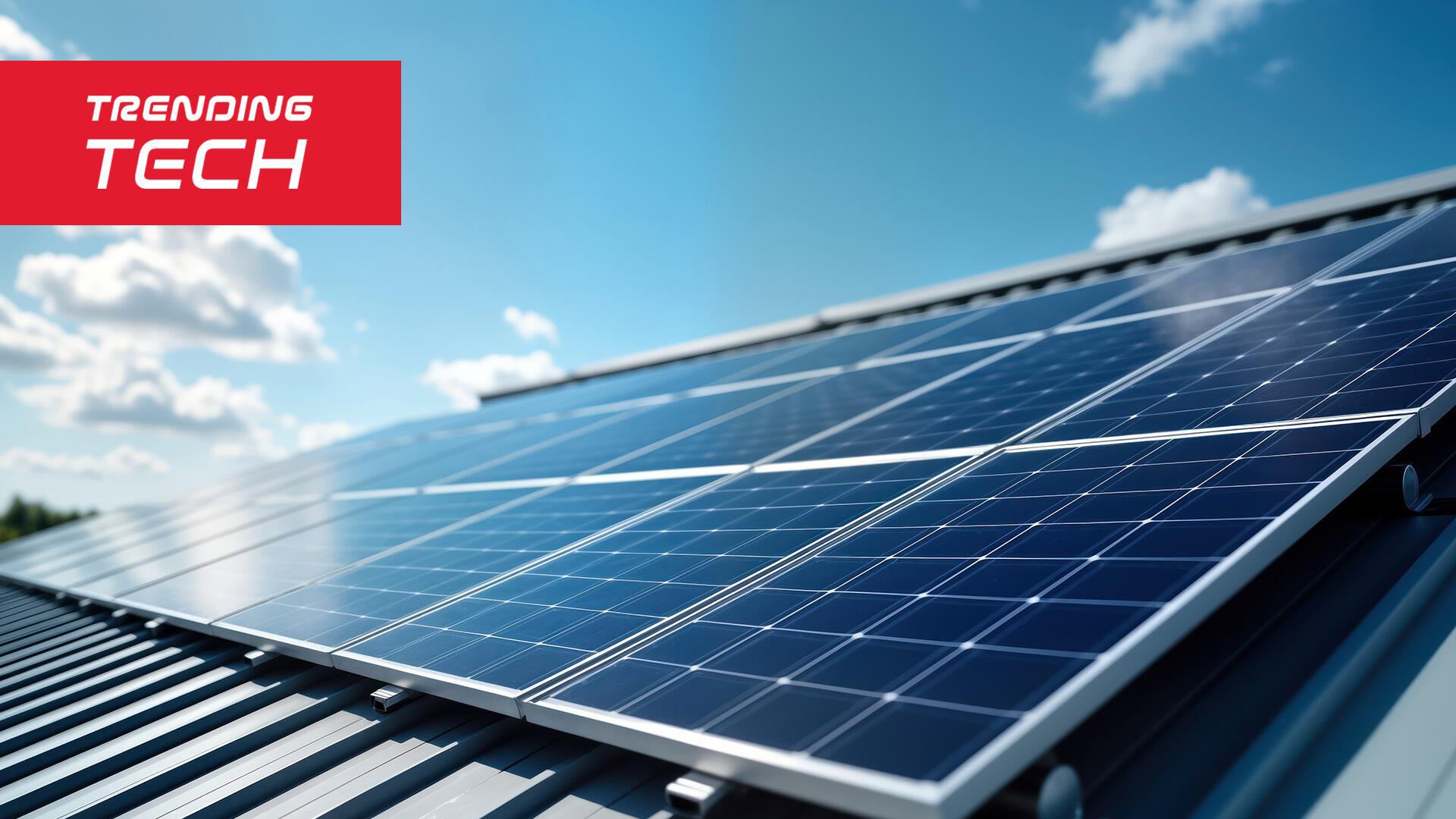
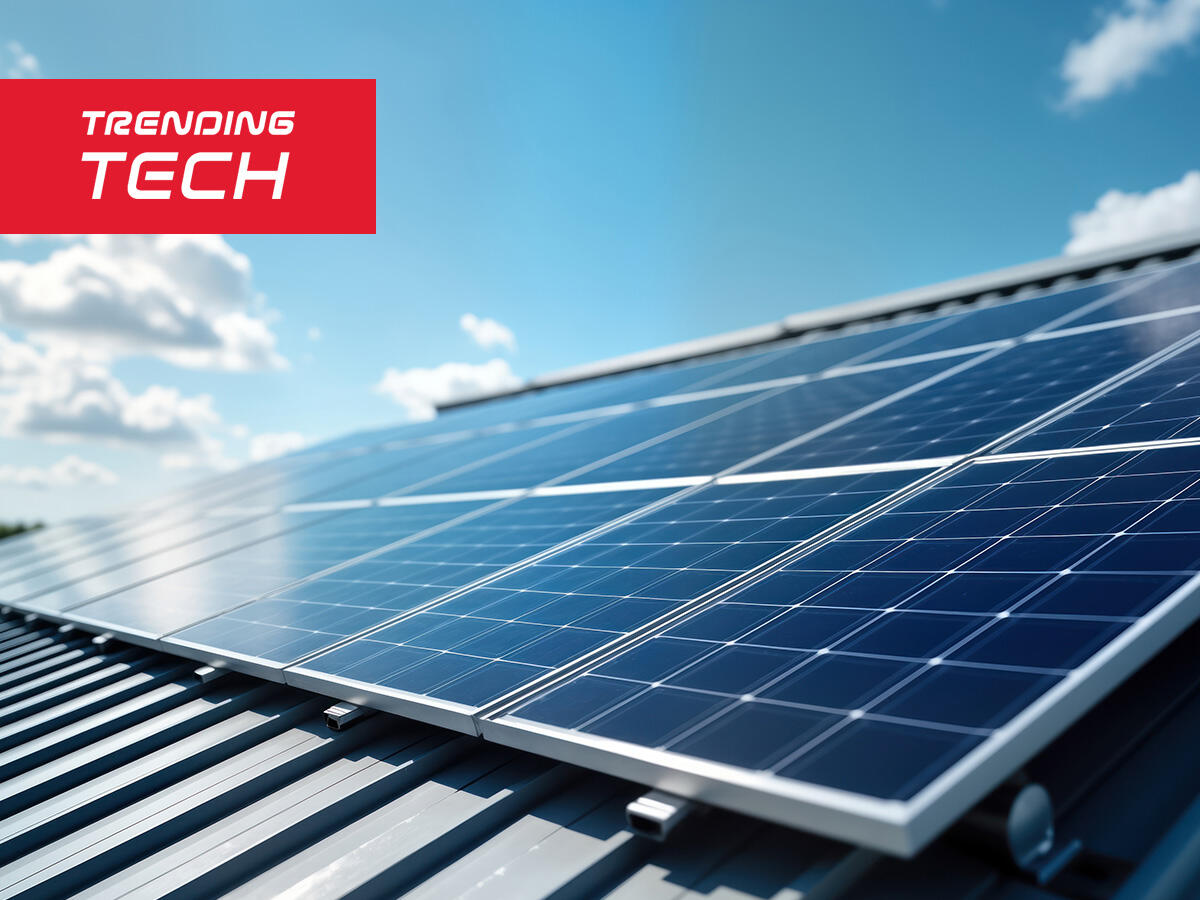
A standout example comes from Japan, where Toppan Holdings has recently revamped the system for how facilities get their electricity. Instead of relying on government-subsidized solar (the familiar feed-in tariff, or FIT, model), Toppan is tapping into a new frontier technology: non-FIT solar power. This approach gives them direct access to clean, locally generated electricity without the limitations of traditional tariffs, offering more flexibility and opening the door to innovative supply models.
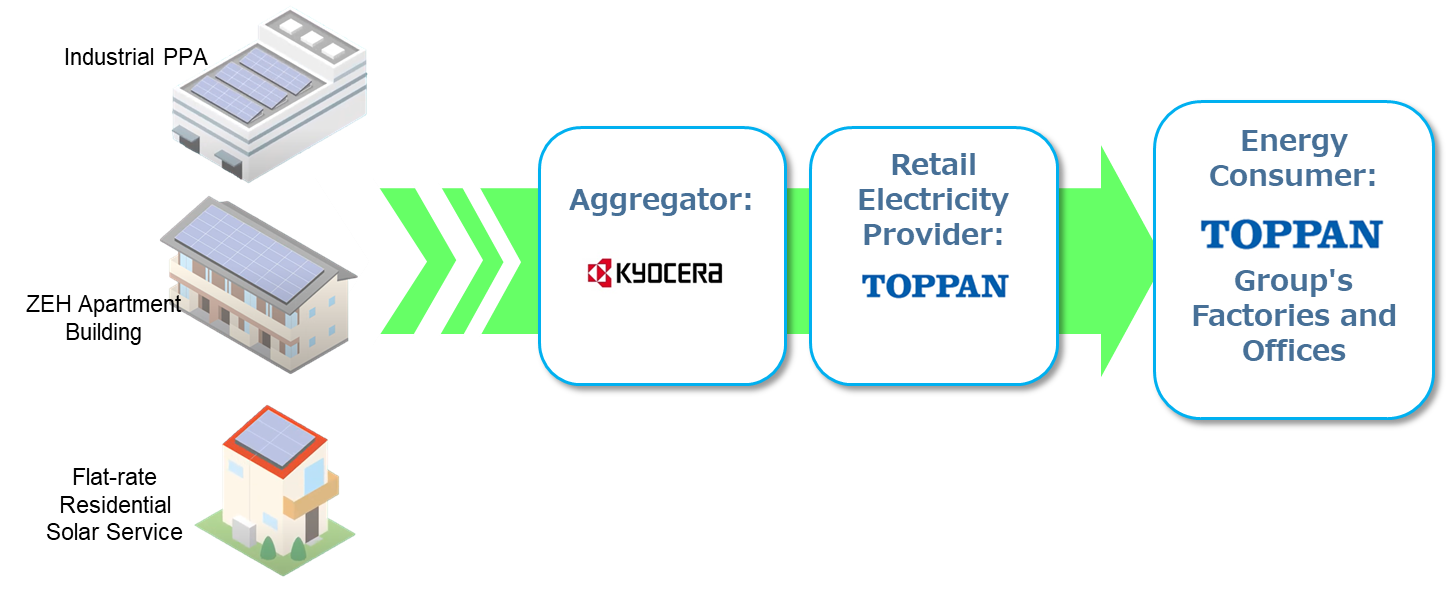
However, Toppan’s initiative wouldn’t be possible without a high-tech partner. Enter Kyocera, which has been building a robust network of non-FIT solar installations across Japan. Kyocera acts as the energy aggregator, pooling electricity from various solar farms and channeling it straight to partner company facilities.
This move isn’t just about going green; it’s about future-proofing corporate infrastructure and setting a new standard for energy innovation. As more companies experiment with direct renewable energy schemes and strategic tech collaborations, this is a trend every engineer should be watching closely. The future of facility power is smart, decentralized, and clean—and it’s happening now.
Learn more here:Kyocera and TOPPAN Holdings Sign Renewable Energy Supply Agreement
Articles in the same series
Latest Articles
-
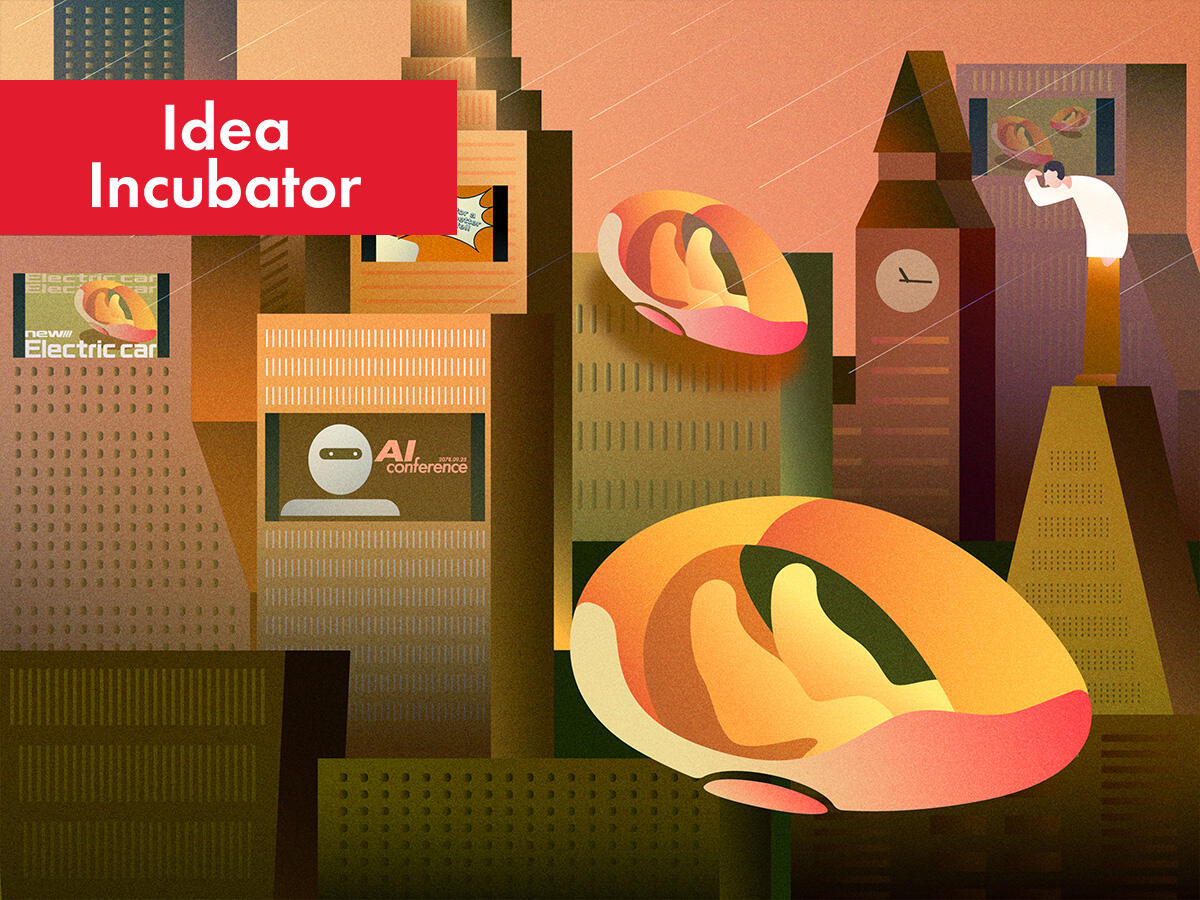
IDEA INCUBATOR
EV design in the global spotlight and AI-driven advances: Monumo Part 1
-
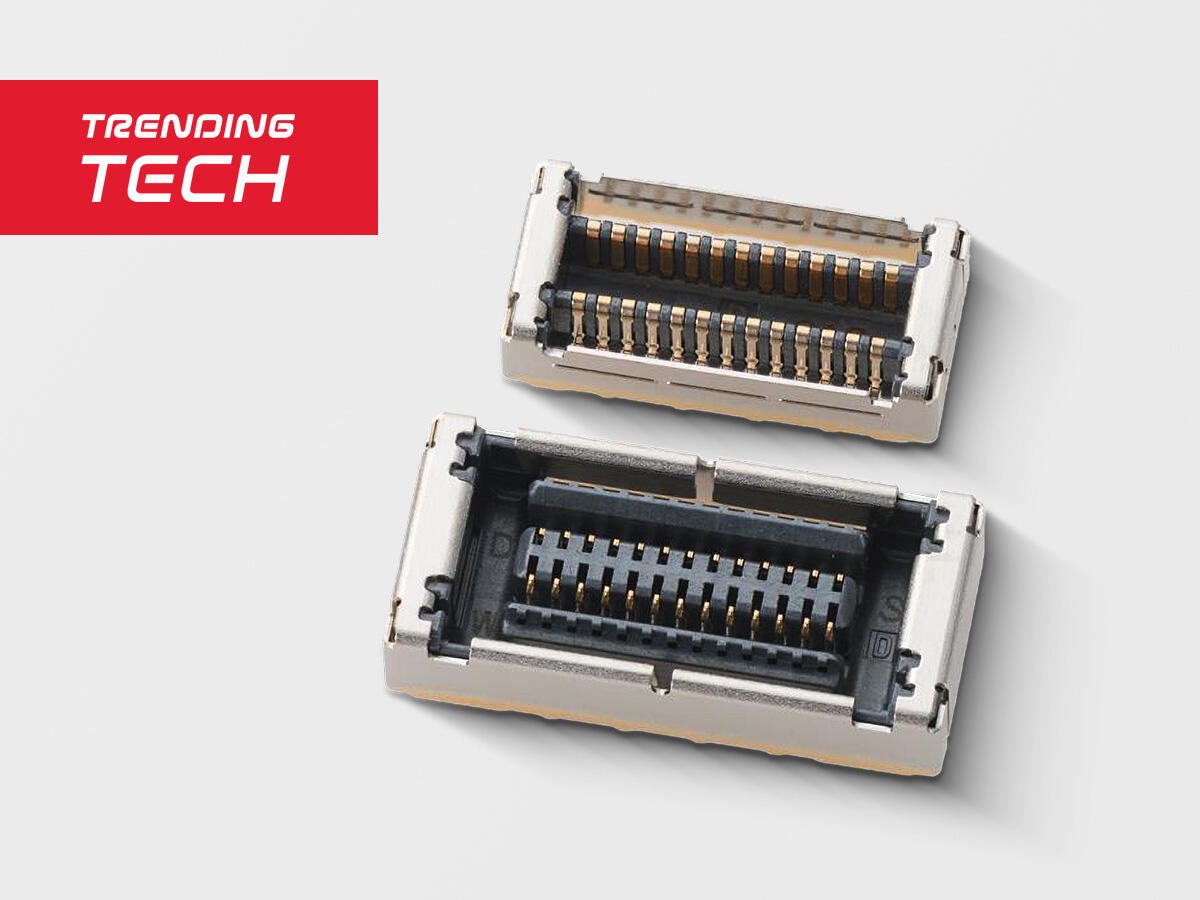
TRENDING TECH
New pitch board to board connector “5908 Series”
-
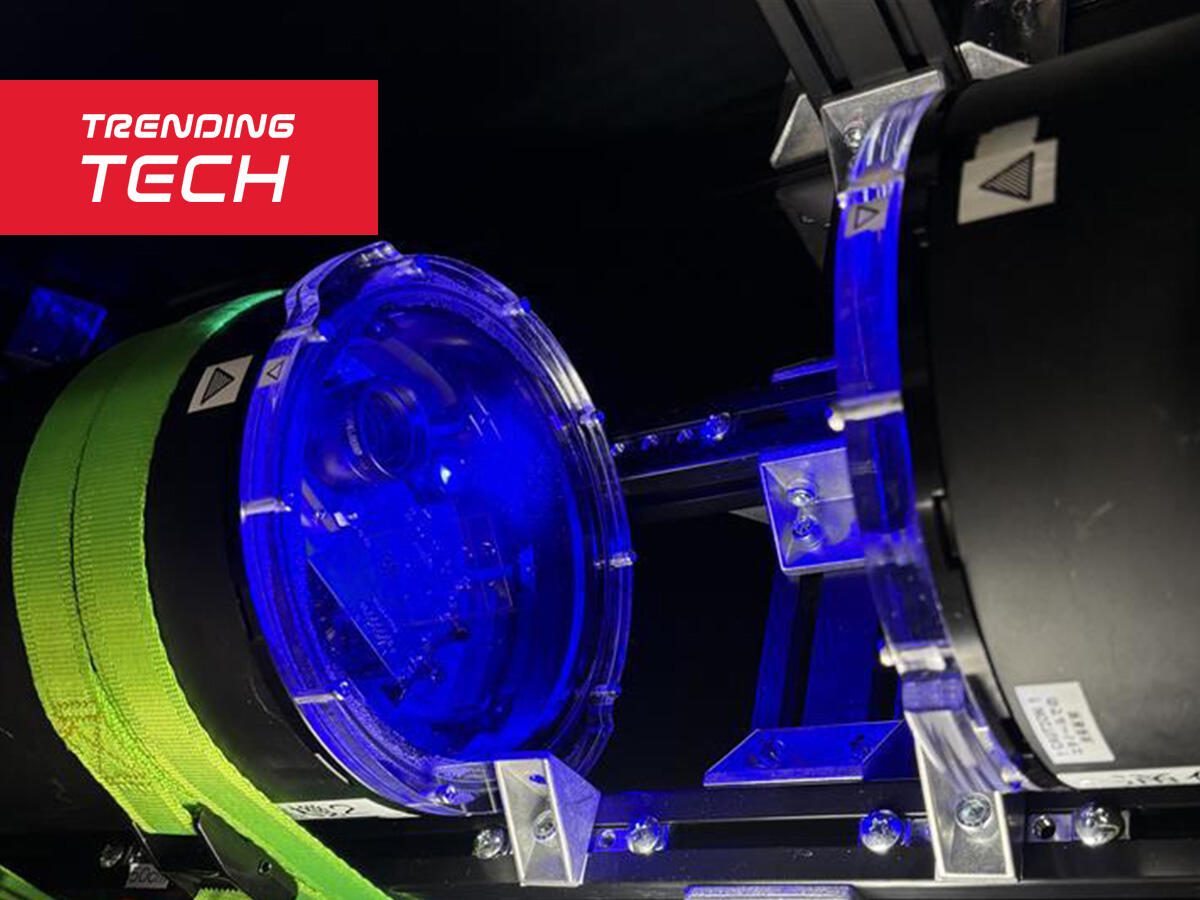
TRENDING TECH
The next frontier in data transfer
-
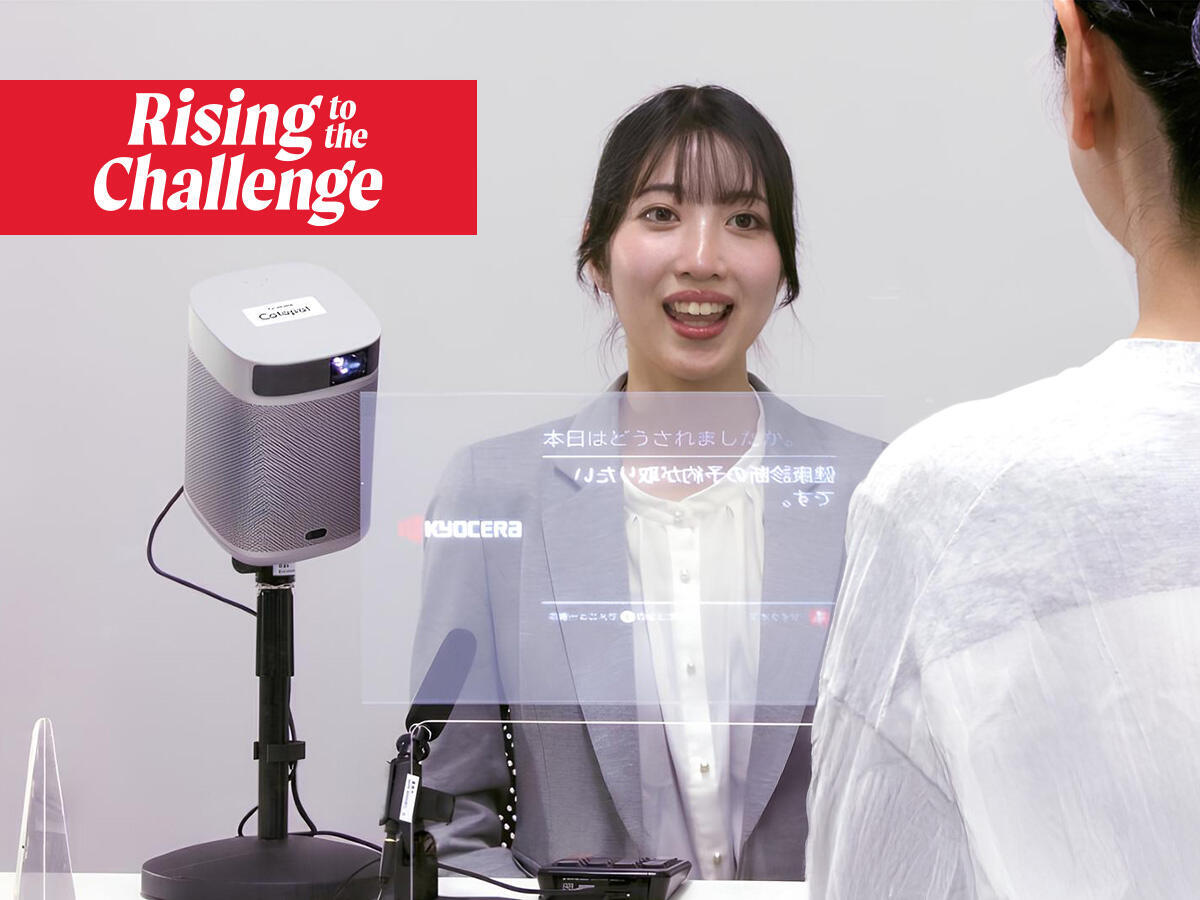
RISING TO THE CHALLENGE
Cotopat’s market success driven by rigorous testing and team collaboration
-

TRENDING TECH
AI meets legacy systems - A partnership to watch
-
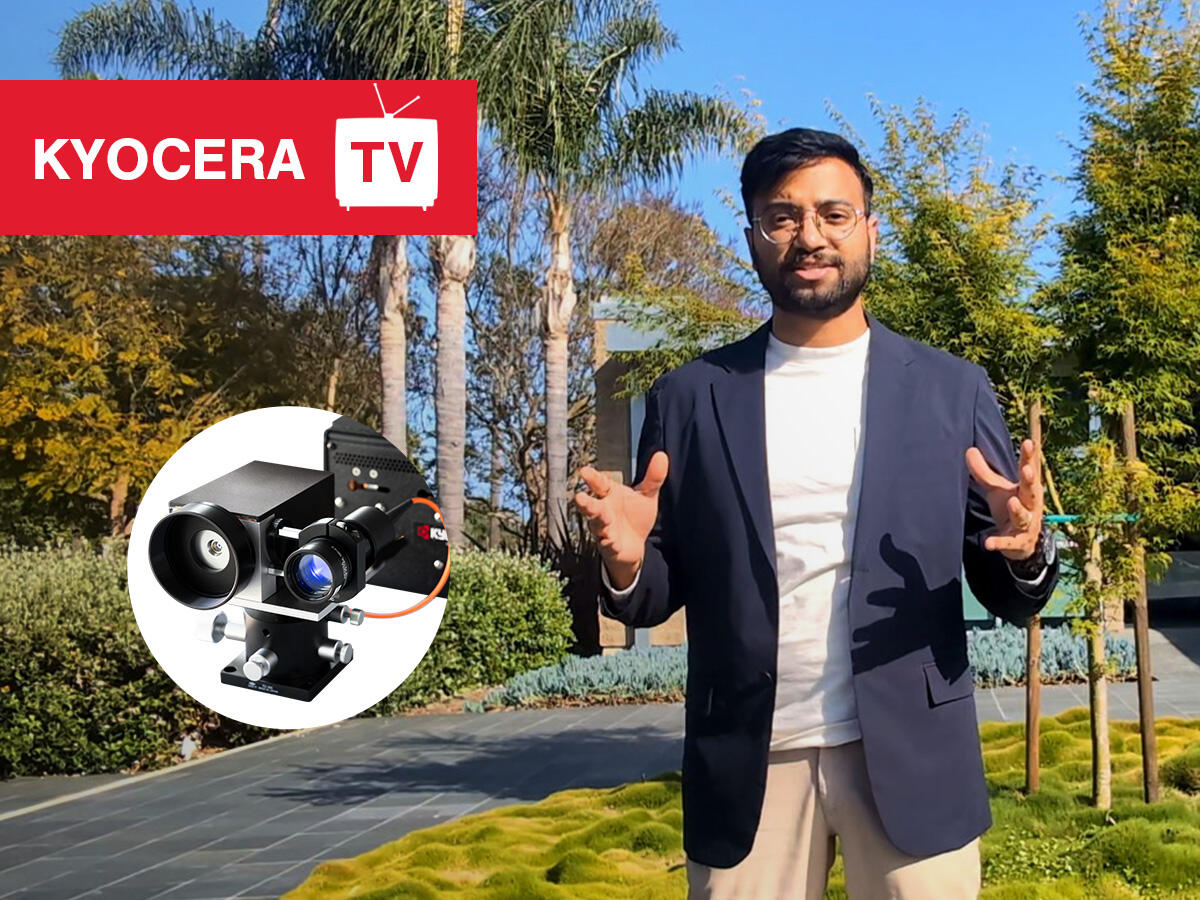
KYOCERA TV
Kyocera Teaches: What is LiFi?

